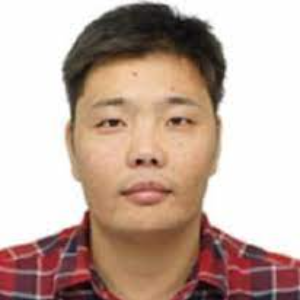Title : Fundamental study on 2D elemental mapping of fuel debris materials using laser induced breakdown spectroscopy
Abstract:
Severe accident at Fukushima Daiichi Nuclear Power Plant (FDNPP) occurred after 9.0 magnitude earthquake and a huge tsunami that struck the Tohoku region of Japan. During the accident, fuel debris are formed in the Reactor Pressure Vessel (RPV) and Primary Containment Vessel (PCV) at Units 1-3. Many efforts to the decommissioning of the FDNPP is moving forward steadily and safely. One of most difficult work have left for near future is the fuel debris retrieval from the RPV/PCV under harsh environment. Due to high radiation dose inside damaged reactor buildings, human access inside PVC is impossible. Therefore, depending on the environment and condition of each units, internal investigation at each units has performed by remote measurement technologies such as robots that installed camera. Valuable information inside the PCV at each units were obtained by these previous investigations. However, distribution of fuel debris is still unknown, because the camera imaging is insufficient to determine and distinguish fuel debris and other structural materials. The fuel debris information is crucial to decide further decommissioning strategy such as selection of cutting technique. To respond to the situation inside the reactor building, investigating device should necessary to meet specification of radiation resistance, waterproofness, dust resistance and so on. Therefore, present study focuses on Laser Induced Breakdown Spectroscopy (LIBS), which is considering as a promising remote inspection technique for fuel debris inspection under high radiation dose. The LIBS is an atomic emission technique that suitable for quick analysis of any phase of materials. In the LIBS measurement, when pulsed laser with high-energy focuses on the sample surface, a portion of sample is ablated and micro plasma is created on the surface of investigating material. Optical emissions with various wavelengths, which permits identification of sample’s composition, from the plasma are detected by a spectrometry. By spatial scanning without any sample preparation, the LIBS technique can be applied as elemental surface mapping technique. Depending on the spatial resolution of measurement and sample area, it may be necessary to carry out large number of measurements. To demonstrate applicability of LIBS technique for 2D elemental mapping, at first, measurement parameters such as laser power, inspection delay time and other parameters are optimized. Then, 2D elemental mapping have conducted using a simple simulated fuel debris under the optimal condition.


